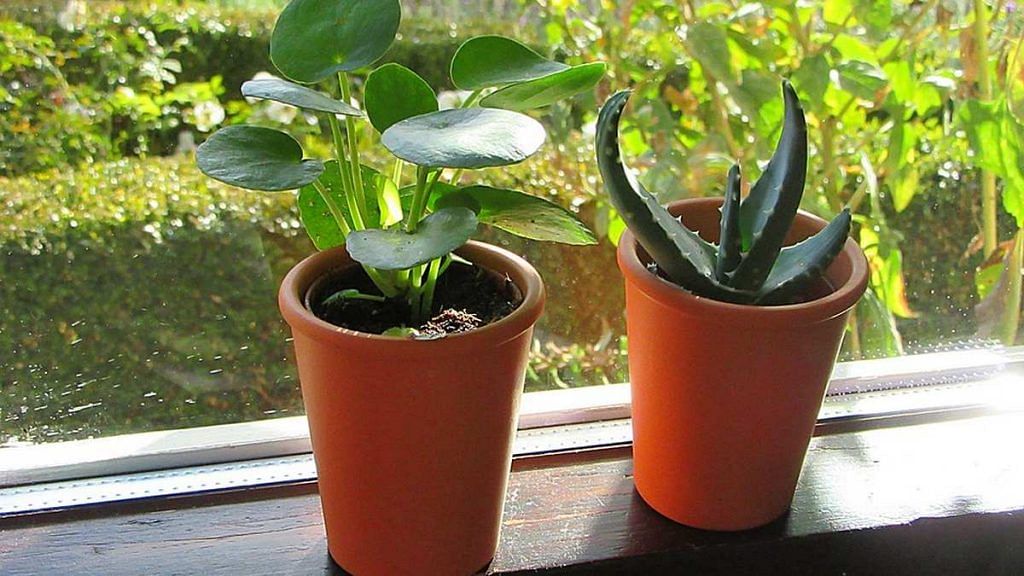New Delhi: Contrary to popular perception, placing a few potted plants at our homes will not do much in improving the indoor air quality, a new study has found.
Researchers from Drexel University in the US claimed that previous studies have vastly exaggerated the ability of indoor plants in removing volatile organic compounds — air pollutants that plants are supposed to remove from the air in homes.
Volatile organic compounds, which can also be carcinogenic, include residual components from cigarette smoke, nail polish removers, furniture polish, stoves, candles, etc.
The findings published in the Journal of Exposure Science and Environmental Epidemiology showed that volatile organic compounds can be removed much faster from the air by improving ventilation.
“This has been a common misconception for some time. Plants are great, but they don’t actually clean indoor air quickly enough to have an effect on the air quality of your home or office environment,” said Michael Waring, an associate professor at Drexel’s College of Engineering, in a statement.
Previous experiments conducted in sealed chambers
Waring’s team came to its conclusion by reviewing studies that are 30 years old or even more.
The myth of houseplants as air purifiers seems to have emerged from a 1989 experiment when NASA, in search of ways to purify the air in space stations, declared that plants could be used to remove cancer-causing chemicals from the air.
However, the experiments for this research and the ones that followed were conducted in a sealed chamber in a laboratory, which had little in common with a house or an office.
Those studies did not reflect on what the findings would be if the plants were placed in a real indoor environment with natural ventilation.
According to the Drexel researchers, these studies were typically conducted by placing a potted plant in a small sealed chamber. Then, a single pollutant was injected and its decay was tracked.
The researchers calculated a measure called the “clean air delivery rate (CADR)” for all the past studies and found that the rate at which plants dissipated pollutants in a chamber was much slower than the standard rate of air exchange in a building.
This showed that the plants’ overall effect on indoor air quality was irrelevant, the Drexel researchers said.
While many studies showed a reduction in the concentration of volatile organic compounds over time, the researchers calculated that it would take between 10 and 1,000 plants per square meter of floor space to compete with the air cleaning capacity of a building’s air handling system or even just a couple of open windows in a house.
“This is certainly an example of how scientific findings can be misleading or misinterpreted over time,” Waring said.
Also read: Extinction is normal but plants going extinct 350 times faster should alarm us
